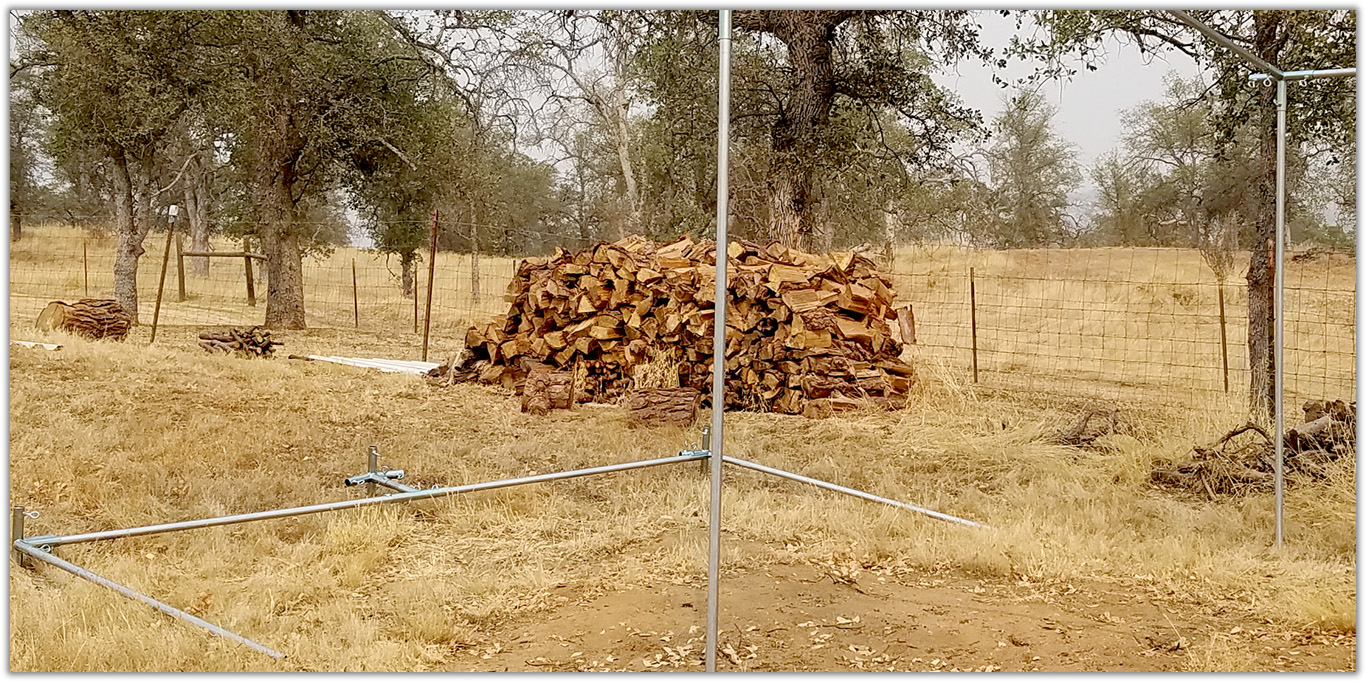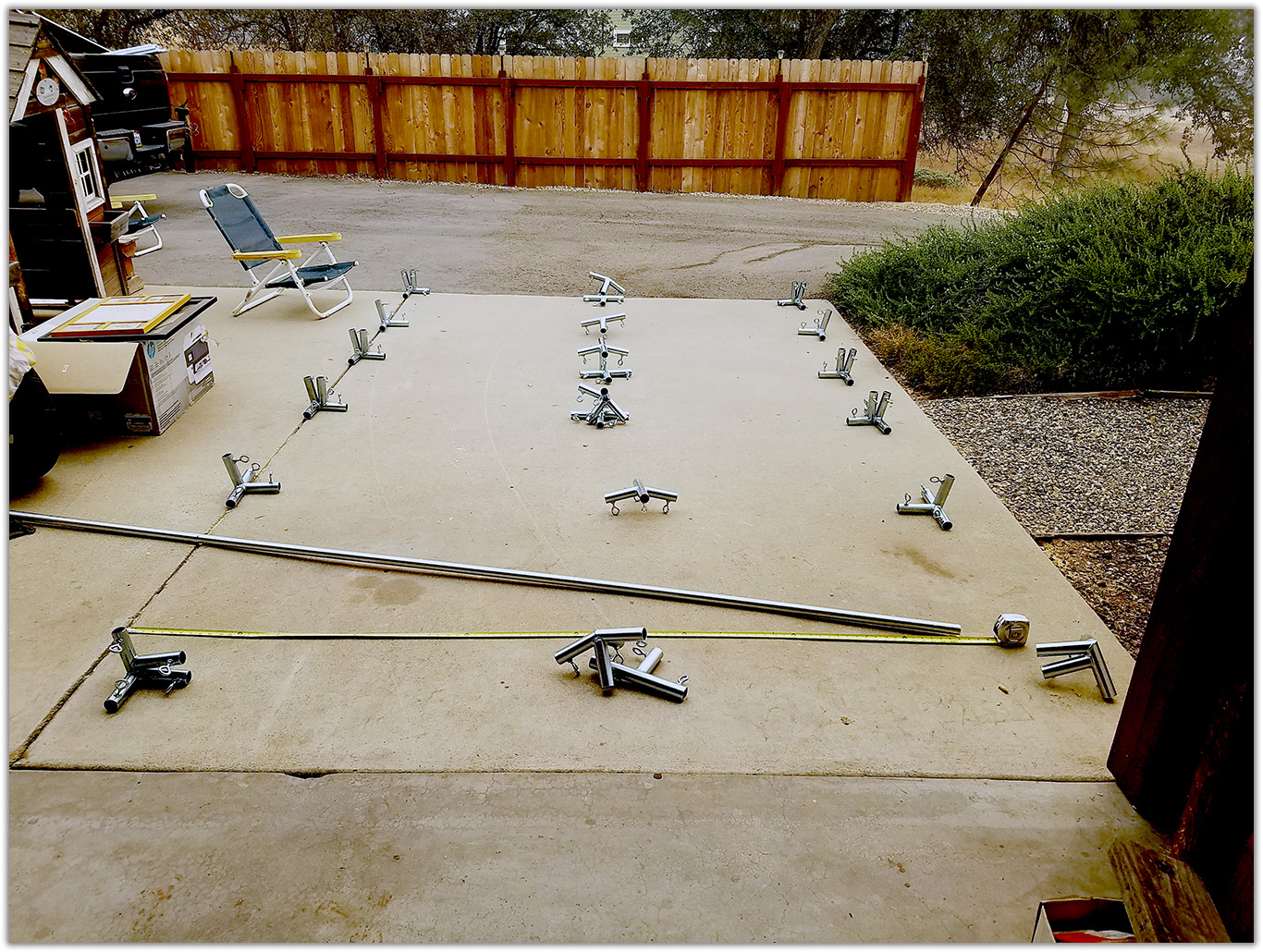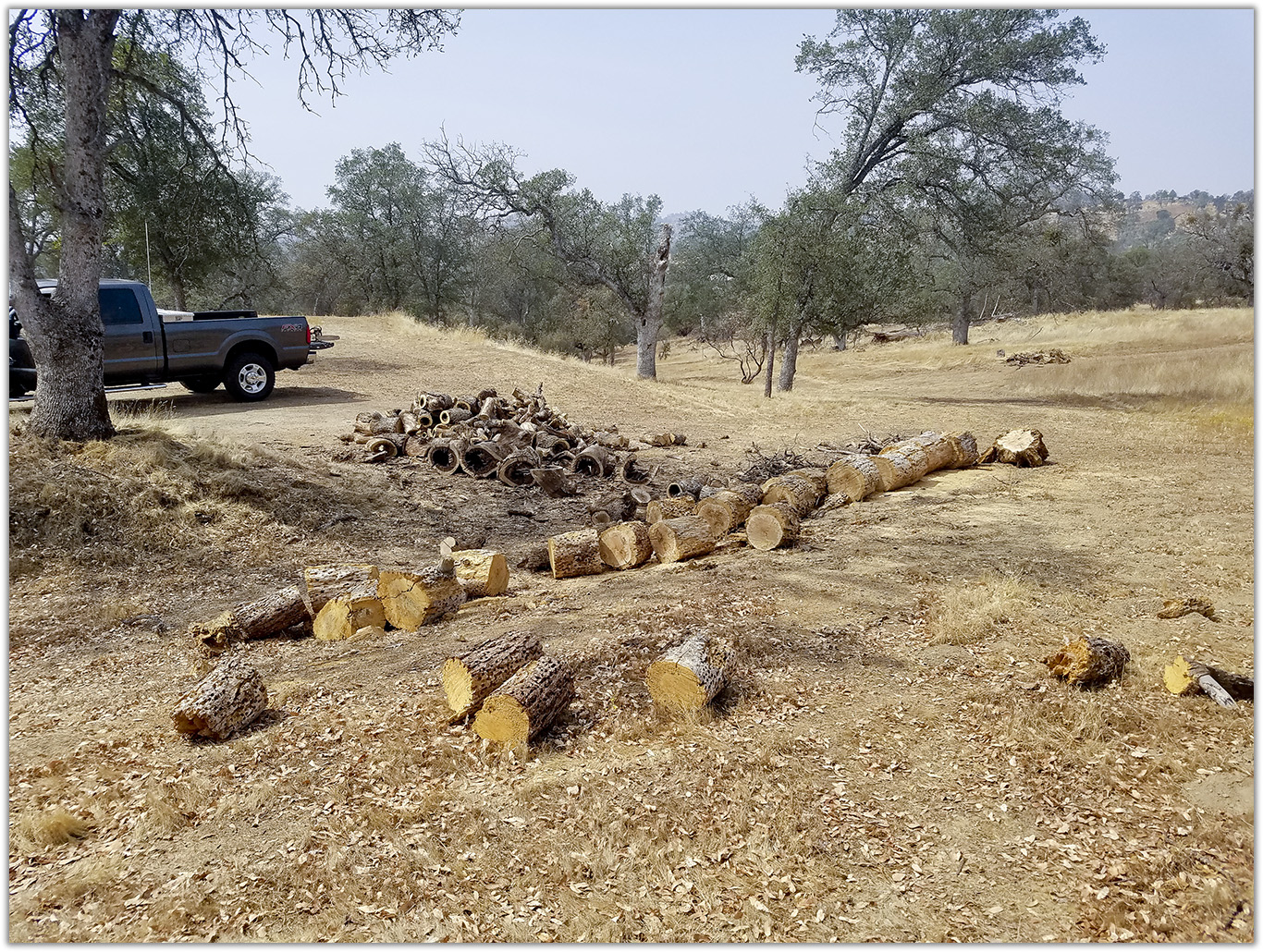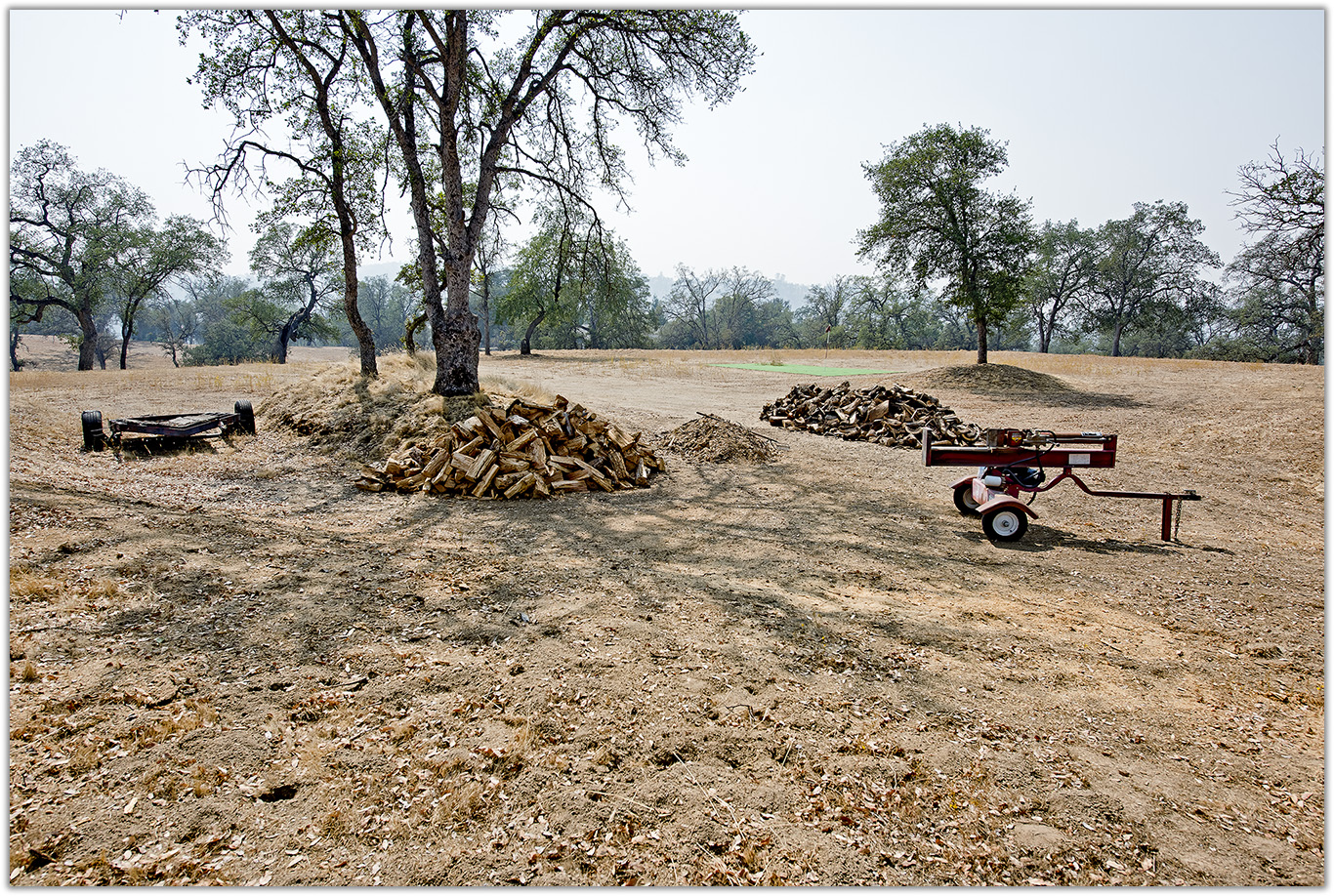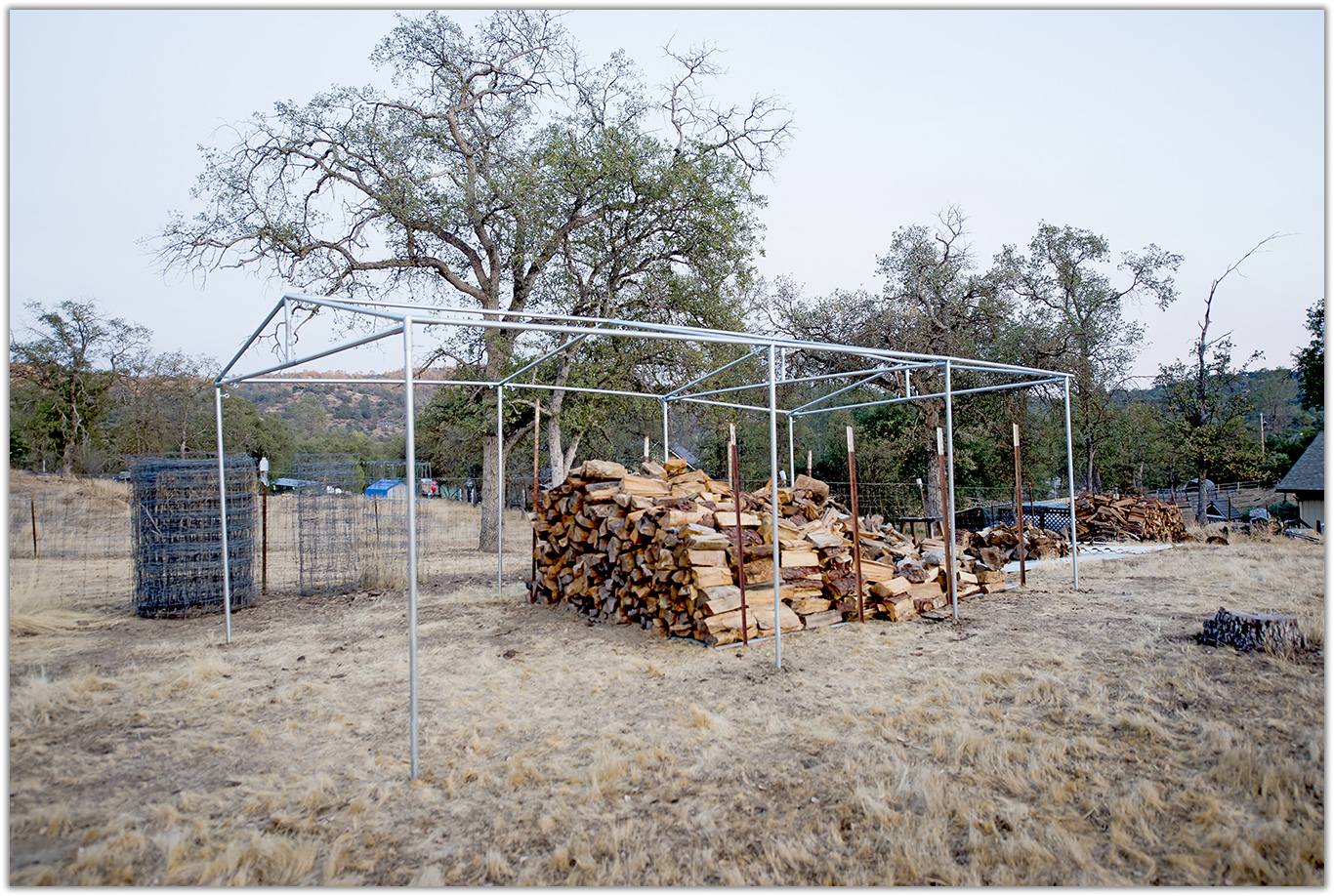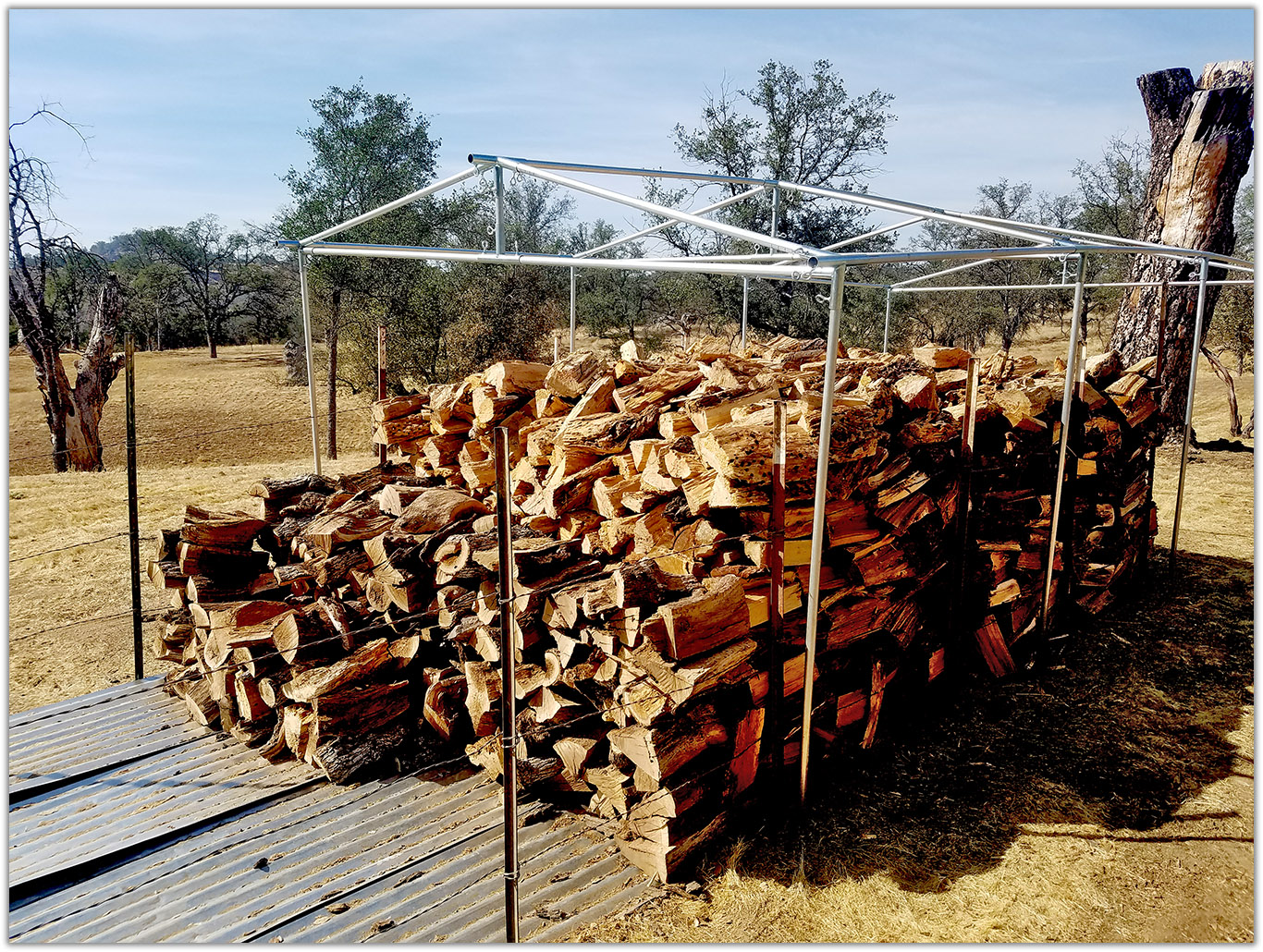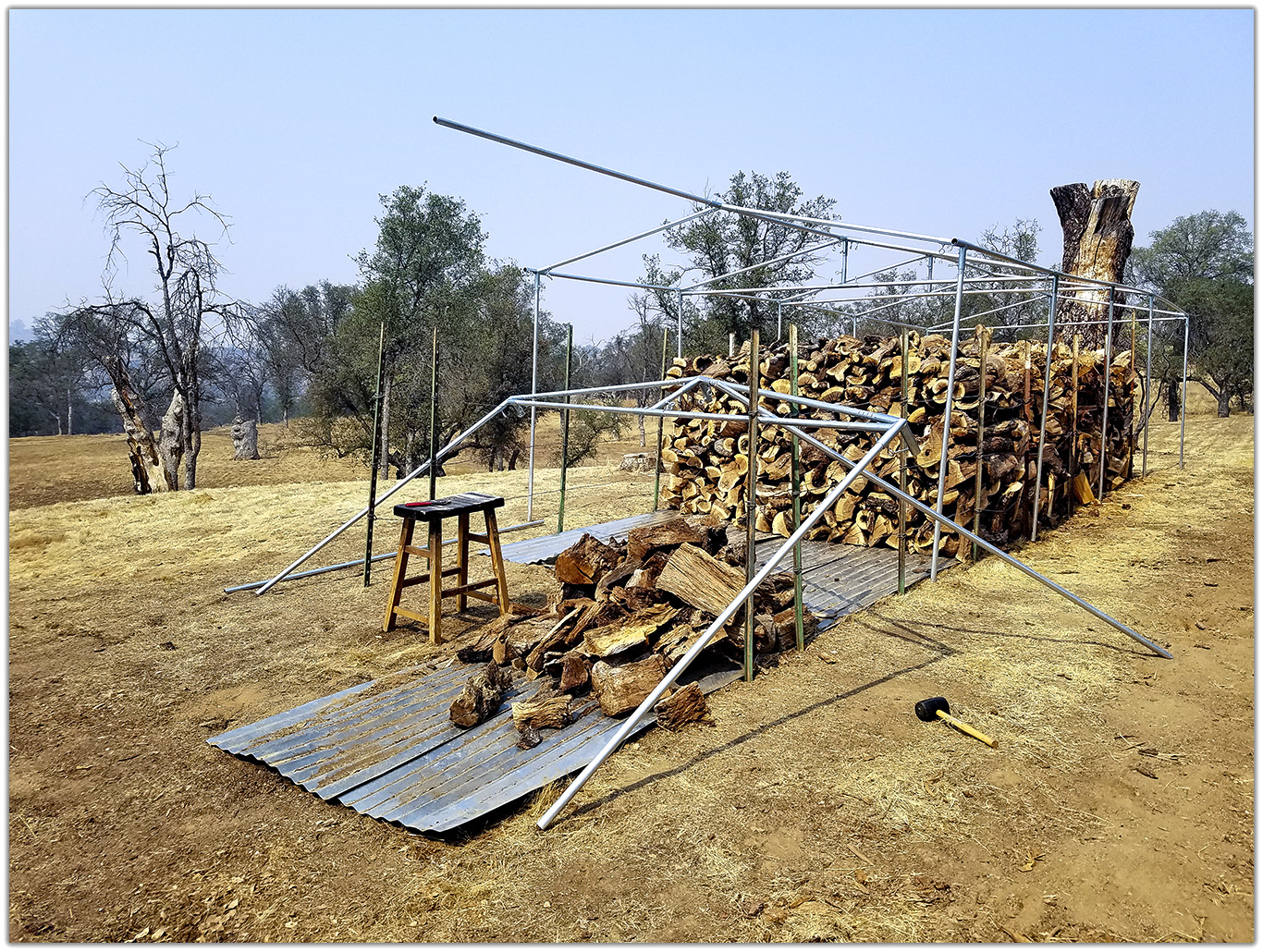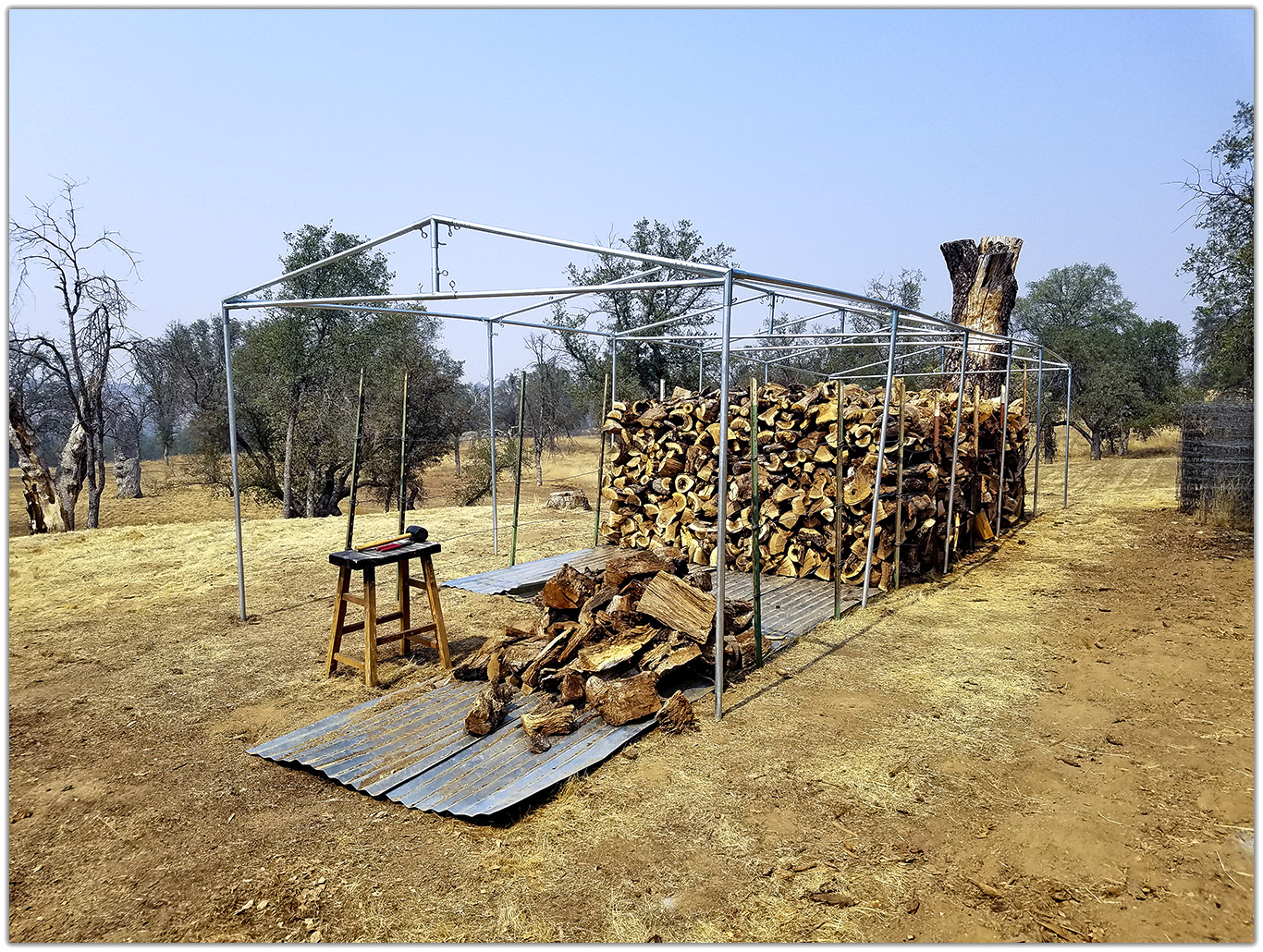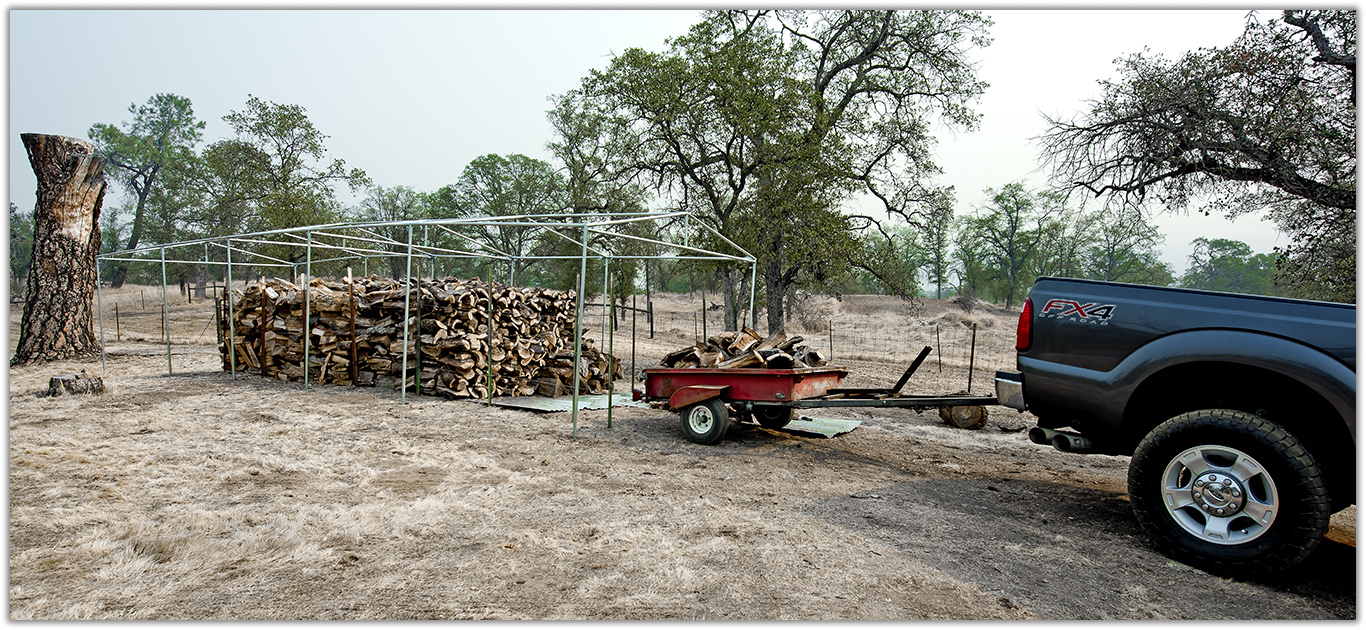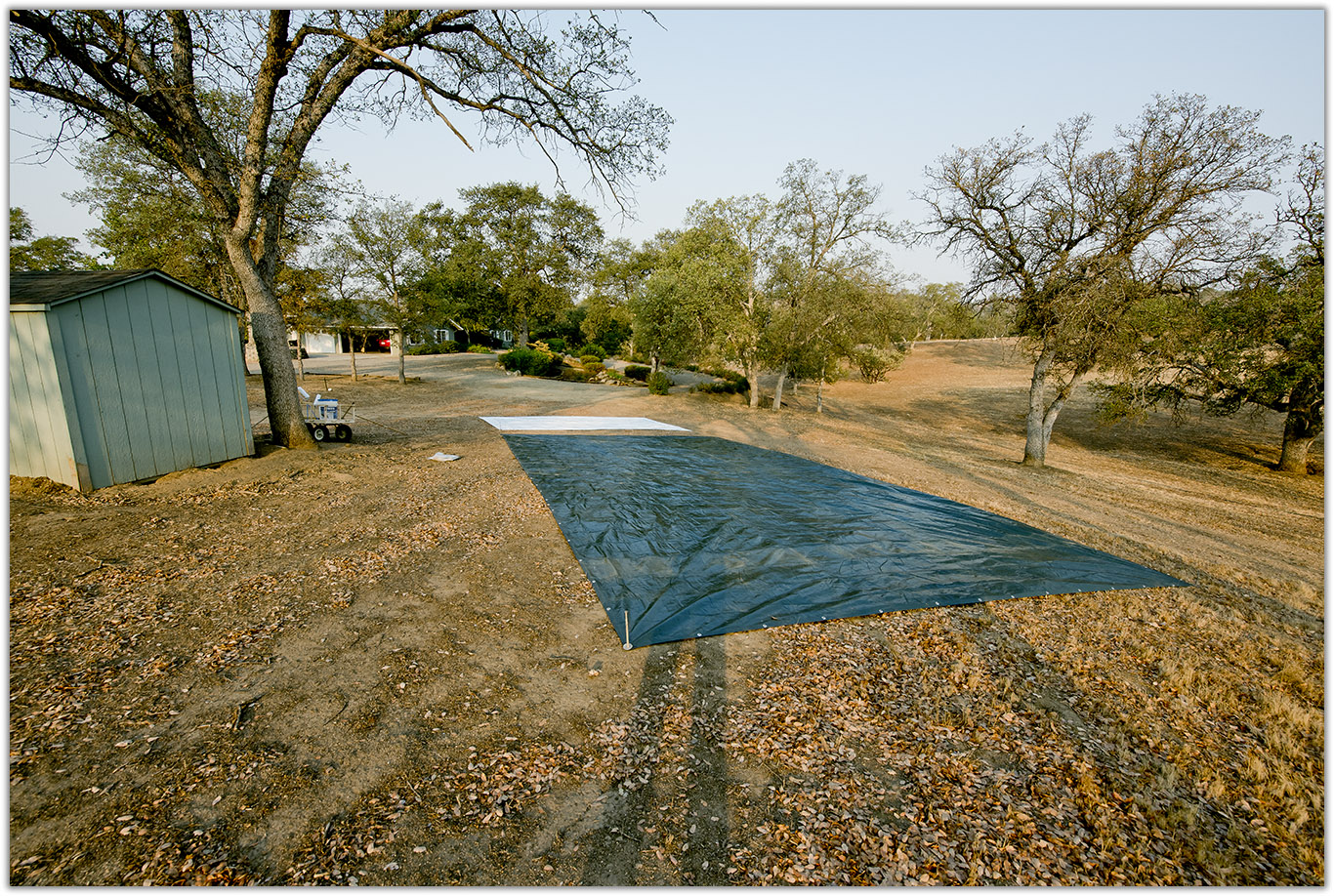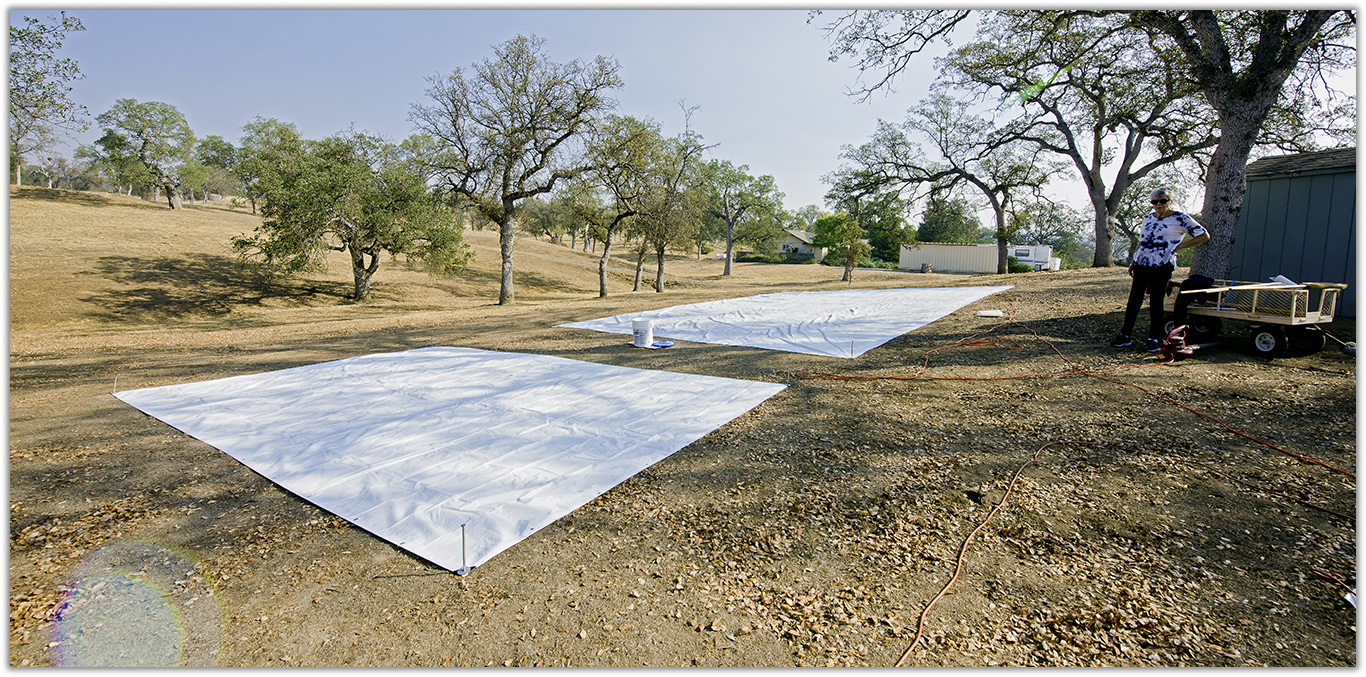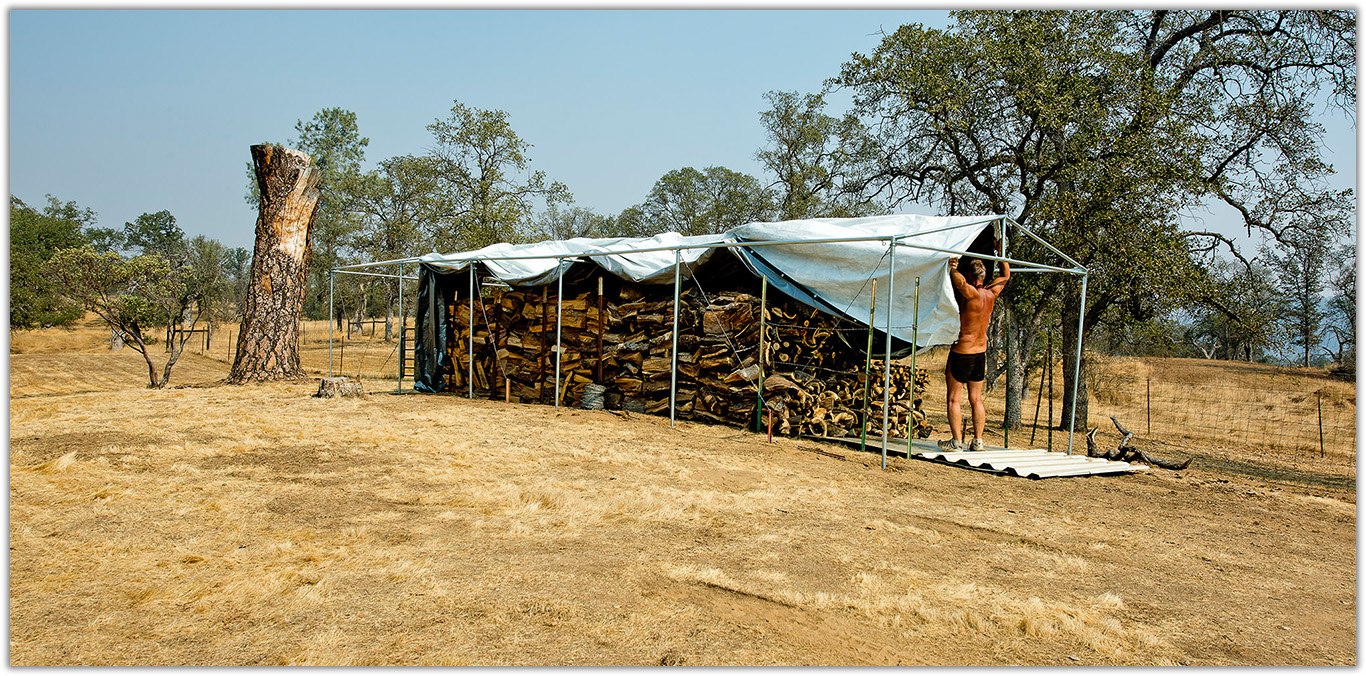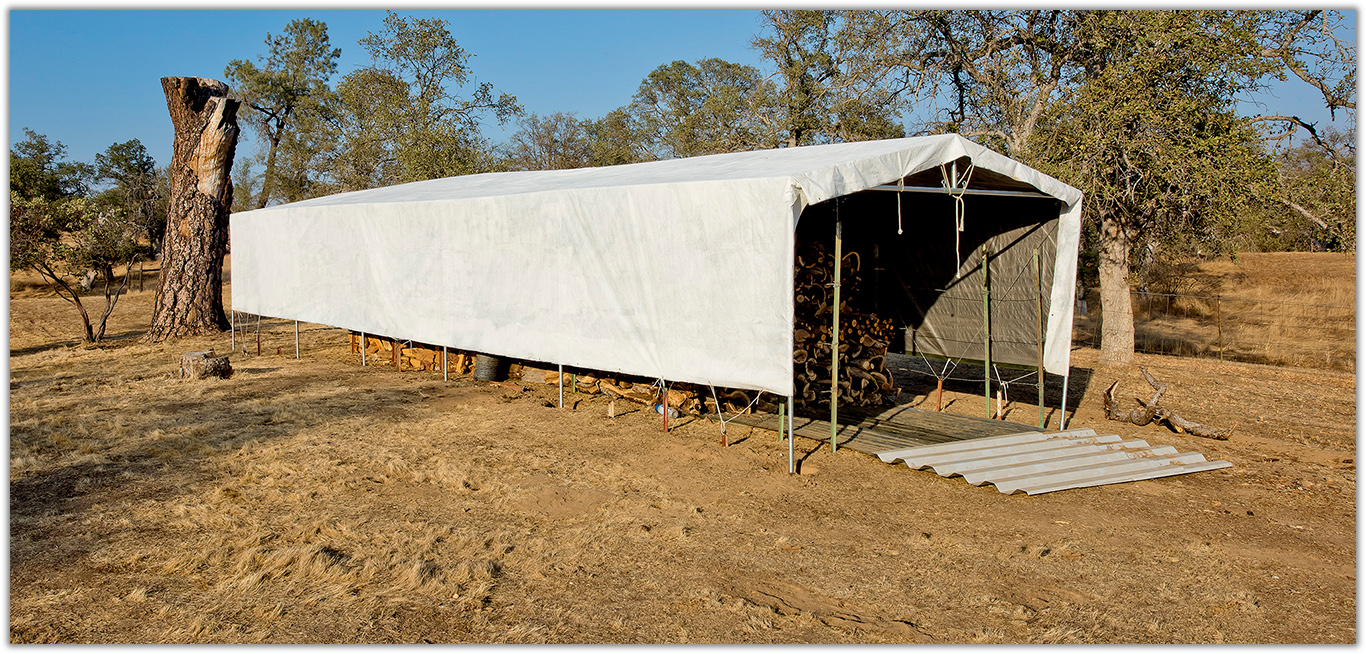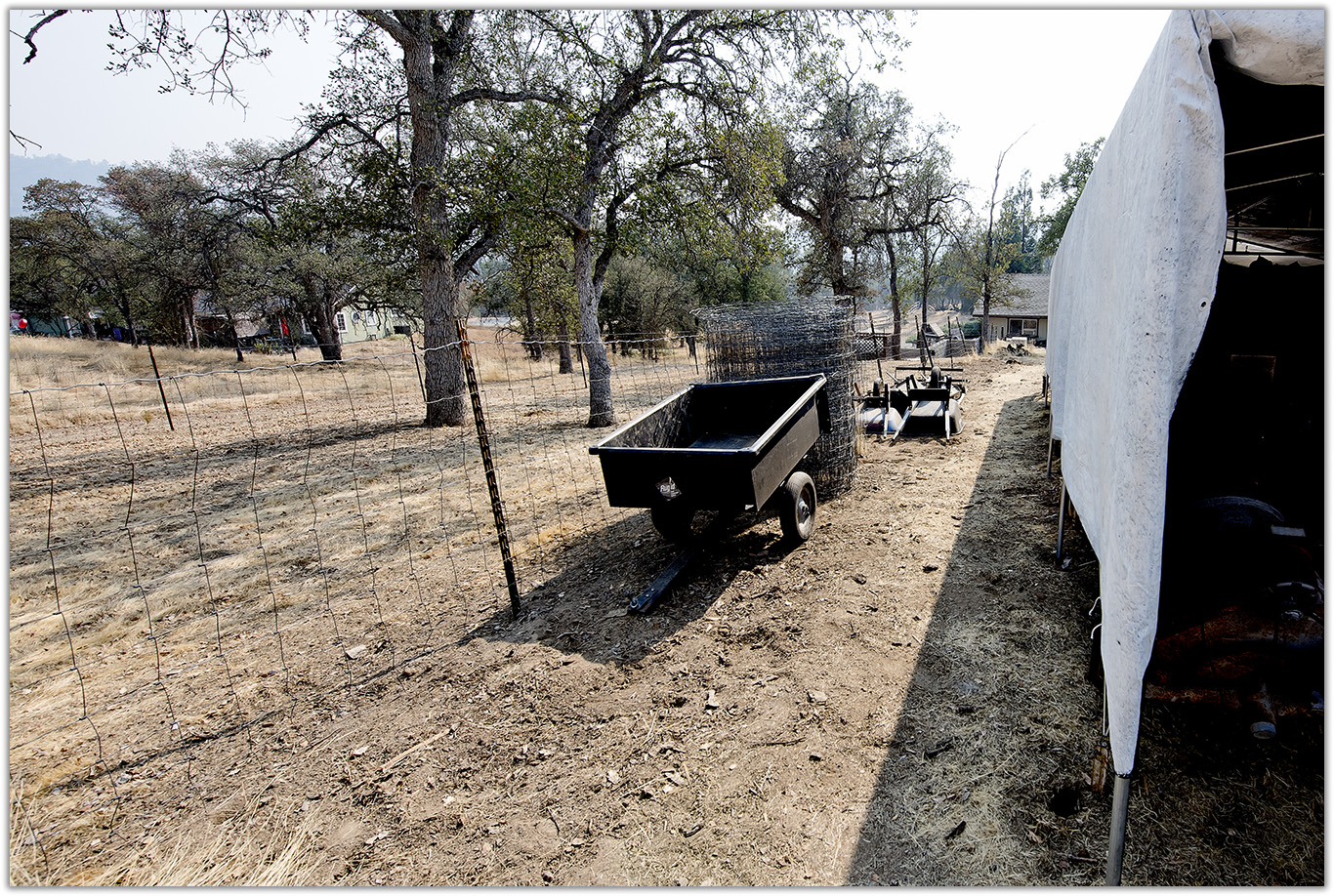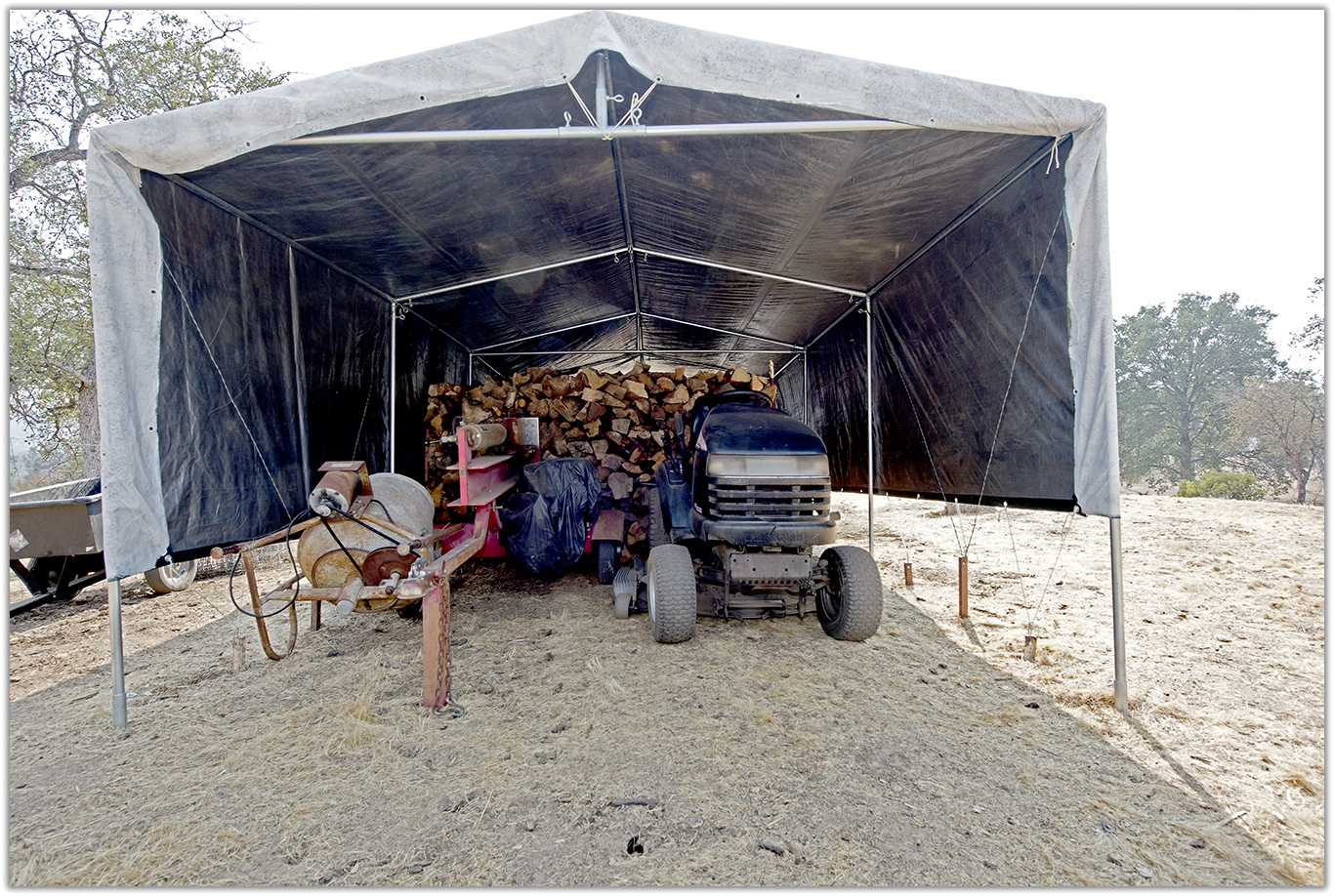

|
Firewood Canopyand Garage
About the Photo Sequence
Over the summer of 2020, after my brother's untimely death, I had to use my two firewood sheds for storage. With the rainy season approaching, I needed a dry place for firewood. And I have a lot of it! So I built a canopy in the yard to protect it. This documents the build.
|
Photo Details
This photo sequence contains 15 frames. Each landscape frame is a finite 1366 pixels wide but height was left to its own based on the crop. I based the picture size on an email program's display window asuming that the picture would not be automatically resized to fit. This technique kept the file size down, the largest being 975k which keeps the web page loading time down. All photos were taken with a Nikon D810 or a Samsung Galaxy S7.
Download Photo Project
|
|---|
